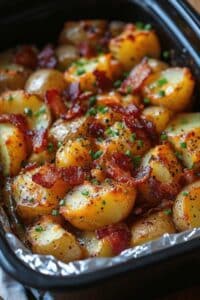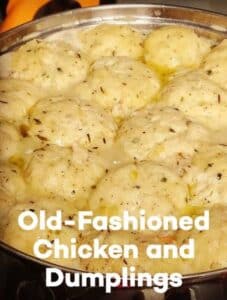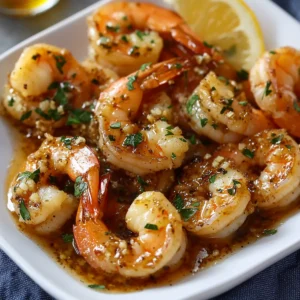
“Is a Pretzel a Chip or Cracker?” – Unraveling the Snack Debate
Understanding the Query
Ah, the pretzel! A twisty delight that has sparked a curious debate: Is it a chip, a cracker, or something entirely unique? This question, though seemingly straightforward, unfolds into a more complex inquiry than you might expect. Join us on a tasty journey to uncover the true identity of the pretzel. Is a pretzel a chip or cracker? Let’s find out!
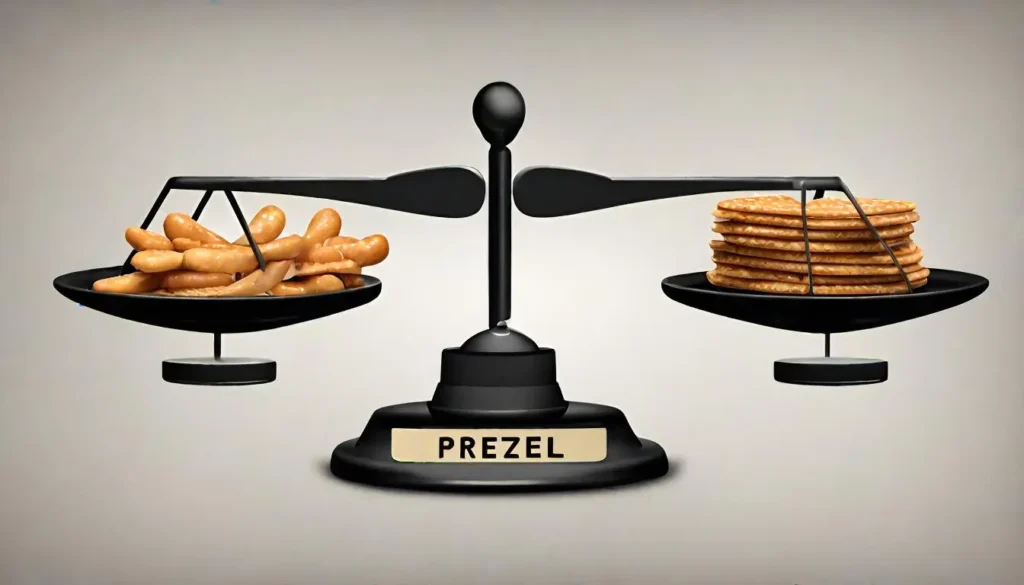
The Popularity of Pretzels and Chips: Exploring the “Pretzel vs. Chip” Debate
Pretzels and chips, both beloved snacks, have found their way into our hearts (and stomachs) for ages. But here’s the twist: while they share the spotlight in the snack aisle. Their differences are as pronounced as their popularity. It’s not just about what they’re made of. It’s about how they’re made, their cultural significance, and even their nutritional content. So, let’s crunch into this topic and see what sets these snack titans apart.
In the next section, we’ll dive deeper into what exactly defines a pretzel, unraveling its doughy secrets. Stay tuned as we knead through the details!
Defining the Pretzel: Exploring the “Chip or Cracker” Question
Ingredients and Preparation: Answering “Is a Pretzel a Chip or Cracker?”
At its heart, a pretzel is a marvel of simplicity. Made from a basic dough comprising flour, water, yeast, and salt. It’s the preparation that twists this simple mix into something special. Unlike chips, which are usually thin slices of potatoes or other starchy vegetables fried to a crisp, pretzels undergo a unique process. They’re lovingly shaped, then boiled briefly in an alkaline solution, usually baking soda or lye, before being baked. This not only gives them their iconic brown crust but also that distinctive pretzel taste – a perfect blend of chewy inside and a slightly crunchy exterior.
For more on the versatility and culinary magic of different types of dough, check out our article on Ditalini Pasta: History, Versatility, and Culinary Magic.
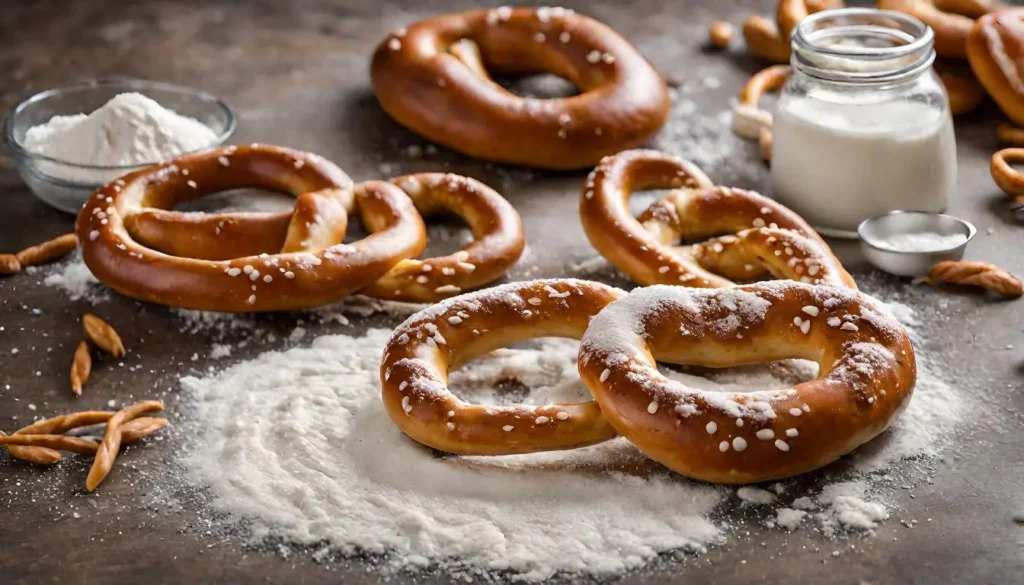
The Unique Taste of Pretzels: Unraveling the Snack Identity
But what exactly tickles our taste buds when we bite into a pretzel? It’s a symphony of flavors, really. The alkaline bath imparts a subtle bitterness that balances the dough’s natural sweetness. Then there’s the Maillard reaction during baking – a chemical reaction between amino acids and reducing sugars that gives browned foods their desirable flavor. This reaction gifts the pretzel its golden-brown hue and a complex flavor profile. And let’s not forget the coarse salt sprinkled on top. Adding a burst of saltiness that complements the dough’s mild flavor.
In contrast, chips offer a different sensory experience. They’re all about the crunch and often carry the flavors of the oils they’re fried in, along with various seasonings.
As we’ve seen, the pretzel’s identity is deeply rooted in its creation process, setting it apart from chips and crackers. Up next, we’ll compare pretzels with chips and crackers in more detail, examining their differences and what makes each snack unique in its own right.
The Pretzel vs. Chip and Cracker Comparison
Pretzels vs. Chips: Delving into the “Pretzel or Chip” Question
When it comes to distinguishing pretzels from chips, the devil is in the details. Chips, often made from potatoes, corn, or other starchy vegetables, are thinly sliced and fried or baked until they achieve that irresistible crunch. They’re a celebration of crispiness, often flavored with a variety of seasonings, from the simple salted to the wildly exotic. Pretzels, on the other hand, have a different story to tell. Their dough-based origin results in a texture that’s a delightful mix of chewy and crunchy, especially in the case of the classic hard pretzel.
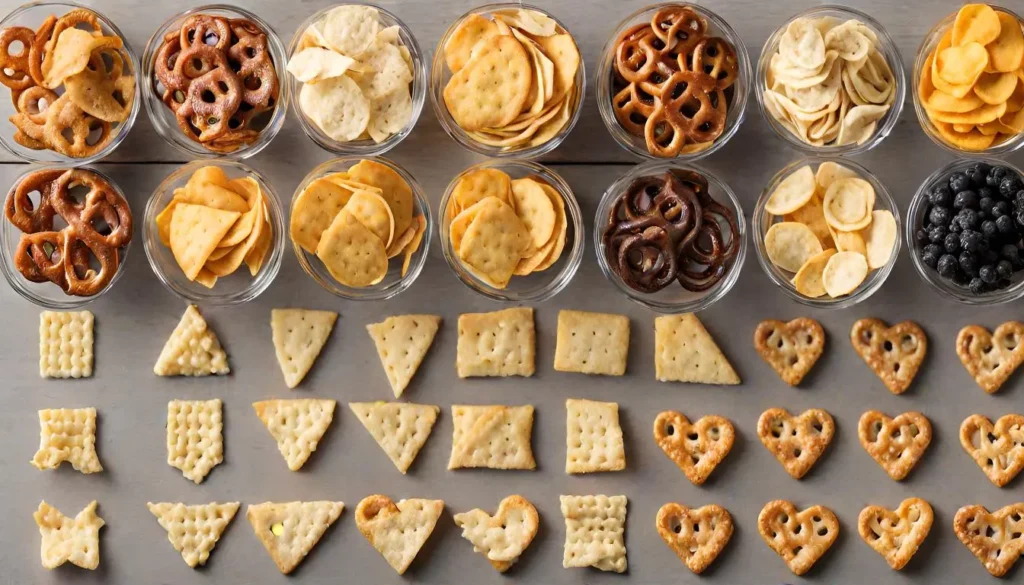
The usage of these snacks also sets them apart. Chips are often the go-to for dipping, thanks to their shape and sturdiness, making them perfect for scooping up generous amounts of salsa, guacamole, or cheese dip. Pretzels, while they can be dipped, are more often enjoyed on their own, relished for their unique flavor and texture.
For a deeper dive into the world of chips, particularly their flavors and nutritional aspects, read our article on Pretzel Chips: Flavors, Nutrition, Recipes.
Pretzels and Crackers: Clarifying the “Pretzel vs. Cracker” Confusion
Now, let’s turn our attention to crackers. Typically, crackers are made from unleavened dough, which means they don’t use yeast or another rising agent. This results in a flat, crispy texture, quite different from the chewy inside of a pretzel. Nutritionally, crackers can vary widely, but they’re often lighter in terms of density and calories compared to pretzels.
In terms of flavor, crackers are usually more neutral, serving as a canvas for cheeses, spreads, and toppings. Pretzels, with their distinct taste profile, are often enjoyed as they are, allowing their unique blend of flavors to shine through.
As we’ve seen, pretzels hold their own in the snack world, distinct from chips and crackers in both preparation and enjoyment. Next, we’ll explore the cultural and culinary context of pretzels, diving into their rich history and the various forms they take around the world.
Cultural Significance: The Pretzel in the “Chip or Cracker” Context
Regional Variations and Preferences: The “Pretzel, Chip, or Cracker” Perspective
The pretzel, a humble snack with a twist, boasts a rich tapestry of history and cultural significance. Originating from Europe, pretzels have woven their way into various culinary traditions. In Germany, for instance, the pretzel is more than just a snack; it’s a symbol of good luck and prosperity. The traditional German pretzel, or ‘Brezel’, is larger and softer than its American counterpart, often enjoyed with a smear of butter or as a sandwich bread.
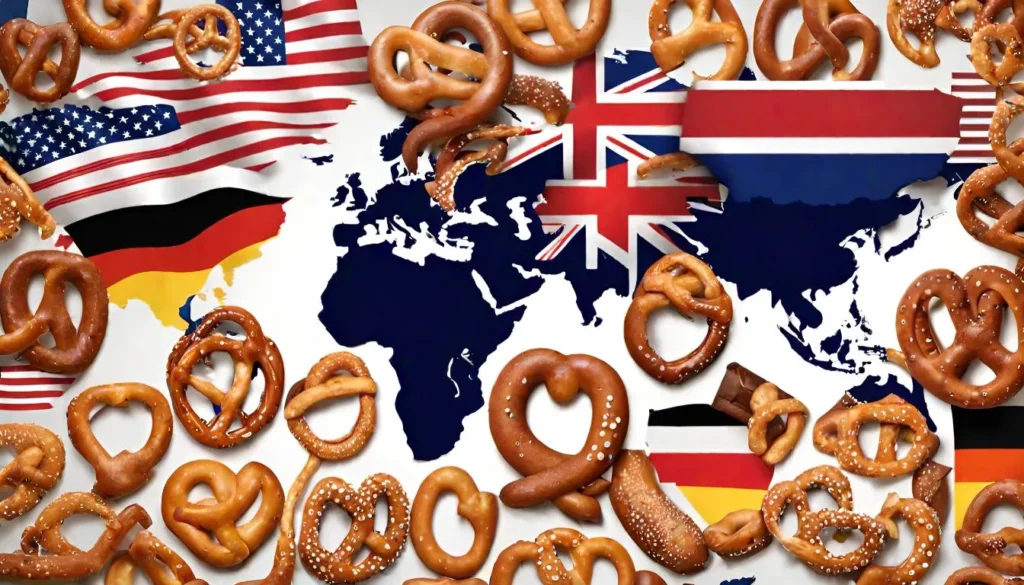
Across the Atlantic, the American pretzel takes on a different form – typically smaller, crunchier, and comes in a variety of flavors. From the streets of Philadelphia, where the soft pretzel is an iconic street food, to the hard pretzels of Pennsylvania Dutch country, each region has its own pretzel story to tell.
For insights into the spicy and sweet world of Mexican candy, which often pairs well with pretzels, explore our guide on What Is the Spicy Stuff on Mexican Candy? A Flavorful Guide.
This link can provide readers with more in-depth historical and cultural context about pretzels, complementing the discussion on their origins and regional differences.
Pretzels in Popular Culture
Pretzels have also made a significant mark in popular culture. They appear in movies and TV shows, often associated with leisure and comfort. This snack’s versatility has allowed it to be a part of various occasions, from casual get-togethers to more festive celebrations.
The pretzel’s journey from a European bakery to global snack dominance is a testament to its enduring appeal. Its ability to adapt, evolve, and still maintain its core identity is truly remarkable.
As we continue our exploration, we’ll shift our focus to the health and nutritional aspects of pretzels, comparing them with potato chips to understand which might be the healthier choice.
Nutritional Insights
Nutritional Comparison: Pretzels vs. Chips in the “Pretzel or Chip” Context
When it comes to snacking, health considerations often come into play. Let’s break down the nutritional aspects of pretzels and chips to see how they stack up against each other.
Pretzels, traditionally made from simple ingredients like flour, water, salt, and yeast, are often perceived as a healthier alternative to chips. They are generally lower in fat, especially compared to chips, which are typically fried. However, it’s not all clear sailing for pretzel enthusiasts. These twisted treats can be high in sodium and carbohydrates, and they don’t offer much in terms of essential nutrients or fiber.
Chips, on the other hand, especially those made from potatoes or whole grains, can provide more nutritional value in terms of vitamins and minerals. However, they are often higher in calories and fat, particularly if they are fried. Baked chips offer a healthier alternative, with lower fat content while retaining the satisfying crunch.
For a comprehensive guide on making delicious and healthier French fries using an air fryer, check out Frozen French Fries in Air Fryer.
Healthier Snack Options: Evaluating Pretzels in the “Chip or Cracker” Debate
So, what’s the verdict? If you’re watching your fat intake, pretzels might be the better choice. But if you’re concerned about sodium or looking for more nutritional value, you might want to consider chips, particularly baked or those made from whole grains. As with any food, moderation is key. Enjoying either snack in reasonable quantities, alongside a balanced diet, is a sensible approach.
In the next section, we’ll explore consumer preferences and trends in the world of snacks, shedding light on how pretzels and chips fare in the ever-changing landscape of consumer tastes.
Consumer Trends
Market Trends for Pretzels and Chips: Insight into the “Pretzel, Chip or Cracker” Question
In the dynamic world of snacking, consumer preferences can shift like the wind. However, some trends have a lasting impact. The market for both pretzels and chips has seen significant evolution in recent years. With a growing emphasis on health and wellness, there’s been an uptick in demand for snacks that offer more than just empty calories. This has led to the introduction of whole grain, gluten-free, and lower-sodium versions of both pretzels and chips. This link can offer readers insights into current consumer preferences and popular pretzel brands, aligning well with the discussion on market trends and gourmet options.
The rise of gourmet and artisanal snack options has also changed the landscape. Consumers are now seeking out unique flavors and high-quality ingredients, leading to a surge in craft pretzels and boutique chip brands. This trend reflects a broader shift towards mindful eating, where the focus is on quality and experience rather than just satiating hunger.
Evolving Consumer Preferences: The Ongoing “Pretzel vs. Chip and Cracker” Discussion
Today’s snackers are more informed and diverse in their tastes than ever before. There’s a growing appreciation for international flavors, which has led to an array of exotic and globally-inspired pretzel and chip varieties. Additionally, the convenience factor plays a significant role in snack choices. The busy lifestyles of modern consumers mean that grab-and-go options, like individually packaged pretzels and chips, are in high demand.
The snack market’s future seems to be one of innovation and adaptation, with pretzels and chips continuing to evolve to meet the changing desires of consumers. Whether it’s a twist on the traditional or a completely new flavor profile, these snacks are more than ready to rise to the occasion.
Next, we’ll address some of the most frequently asked questions about pretzels, providing clarity and insights into this beloved snack.
FAQs: Addressing the “Is a Pretzel a Chip or Cracker?” Enigma
Common Queries About Pretzels: Addressing “Is a Pretzel a Chip or Cracker?”
Q: Are pretzels healthier than chips?
A: It depends on your dietary needs. Pretzels are generally lower in fat but can be high in sodium and carbohydrates. If you’re concerned about fat intake, pretzels might be a better choice. However, for those watching their sodium levels or seeking more nutritional value, certain types of chips might be preferable.
Q: Can pretzels be considered a good snack for weight loss?
A: While pretzels are lower in fat, they are not particularly high in nutrients and can be calorie-dense, especially if consumed in large quantities. For weight loss, it’s essential to focus on a balanced diet and moderation in snacking.
Q: Are there gluten-free pretzel options available?
A: Yes, there are gluten-free pretzels available in the market, made from alternative flours like rice, corn, or potato flour. These options cater to those with gluten sensitivities or celiac disease.
Addressing Misconceptions
Q: Do all pretzels have a high sodium content?
A: Not necessarily. While traditional pretzels can be high in sodium, many brands now offer lower-sodium versions. Additionally, unsalted pretzels are available for those looking to reduce their sodium intake.
Q: Are pretzels considered junk food?
A: Pretzels, like any snack, can be part of a healthy diet when consumed in moderation. They are not inherently ‘junk food,’ but it’s important to consider the overall nutritional profile and how they fit into your dietary needs.
Q: Can pretzels be a part of a balanced diet?
A: Absolutely. When enjoyed as part of a varied and balanced diet, pretzels can be a satisfying snack option. Pairing them with healthy dips like hummus or nut butter can also enhance their nutritional value.
It can provide a platform for readers to explore diverse opinions and personal experiences related to pretzels, adding depth to the FAQ section.
In conclusion, the pretzel’s journey from a simple dough to a beloved snack is a fascinating tale of culinary evolution. Whether you consider them a chip, a cracker, or in a category of their own, pretzels continue to twist and turn their way into our snack-loving hearts. Remember, the key to enjoying pretzels, like any snack, lies in balance and moderation. Happy snacking!
In summary, the pretzel’s journey from a simple dough to a beloved snack is a fascinating tale of culinary evolution. Whether viewed as a chip, a cracker, or in a category of its own, pretzels continue to twist and turn their way into our snack-loving hearts. The key to enjoying pretzels, like any snack, lies in balance and moderation. Happy snacking!
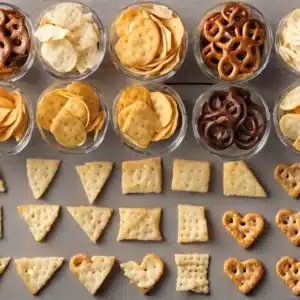
Pretzel
Ingredients
Method
- In a bowl, combine warm water and yeast; let it sit until frothy.
- Add flour and salt to the yeast mixture and knead until smooth.
- Divide dough into small pieces and shape each piece into a pretzel.
- Bring a pot of water to a boil and add the baking soda.
- Boil each pretzel for 30 seconds before removing and placing on a baking sheet.
- Preheat oven to 450°F (230°C).
- Sprinkle pretzels with coarse salt and bake for 12-15 minutes until golden brown.
Nutrition
Notes
Tried this recipe?
Let us know how it was!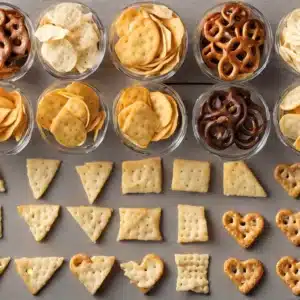
Pretzel
Ingredients
Method
- In a bowl, combine warm water and yeast; let sit for about 5 minutes until frothy.
- Mix in flour, 1 teaspoon of salt, until a dough begins to form.
- Knead dough on a floured surface for about 5 minutes until smooth.
- Let the dough rise in a warm place for about 30 minutes, or until doubled in size.
- Preheat the oven to 450°F (225°C).
- Divide the dough into equal pieces and shape each into a pretzel shape.
- Bring a large pot of water to a boil and add baking soda.
- Boil each pretzel for about 30 seconds, then remove and place on a baking sheet.
- Sprinkle coarse salt on top of each pretzel.
- Bake in the preheated oven for 12-15 minutes, until golden brown.
- Allow to cool slightly before serving.


